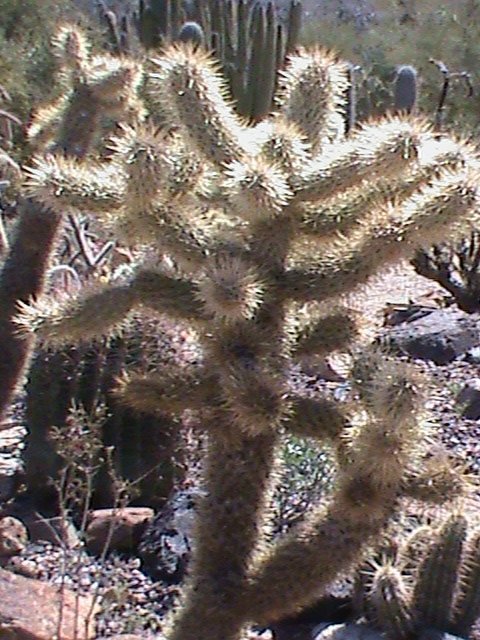When I was 22, and had just graduated from college, my mother took me on a trip to Arizona to visit family members. My aunt and uncle lived in Mesa, and my sister and her husband lived in Tempe.
One day, my Aunt June and Uncle Lee took us south of Tucson to see the Old Tucson movie lot, where many western films were made. They also took us to the mission of San Xavier del Bac.
My first trip to San Xavier del Bac was when I was young and tiny. My one request for this current trip was to revisit Xan Xavier del Bac.
Some History
The mission church was constructed over a period of 14 years, from 1783-1797. It is a blend of Moorish, Byzantine and late Mexican Renaissance styles. The interior has frescos painted into the plaster - the first time I would see this type of painting. I had thought I would have to travel to Italy to see them at the Vatican, and as a young 22-year-old, I was in awe. (If you want a good demonstration of fresco painting, rent the movie The Agony and the Ecstasy with Charleton Heston. He actually had to train with a fresco painter to do the scenes in this movie where he portrays Michelangelo and they Sistine Chapel.)
Historical Perspective: 1783-1797 was the time in which George Washington was President of the United States. John Adams was the vice-president.
The mission was named by Father Kino for St. Francis Xavier who was the Jesuit "Apostle of the Indies." Father Kino visited the area in 1692 and started the mission. Father Kino died in 1711, and did not see the church that exists today.
The mission is a vital, living one, and the church is used regularly by the nearby Tohono O'odham and San Xavier Indians. On my current visit, the last Saturday before Lent, many babies were being baptized, and children were being lined up for first communion. (These sacraments are not performed during Lent.) Therefore we did not get to go into the chapel. Famous around the world, San Xavier del Bac gets many requests for marriages. However, only actual mission residents can have their sacraments performed in the church.
Each Catholic congregation/parrish has it's own idiosyncracies. San Xavier del Bac is a combination of Catholicism and Tohono O'odham beliefs. The "Bac" part of the mission name comes from an O'odham word referring to water. The mission name means Saint Xavier of the Flowing Waters.
Susan and I will find another time to revisit this beautiful mission church. Enjoy the photos.
 |
| A hill to the south of the mission, it is not part of mission property. The next three pictures are of a shrine dug into this hill. |
The Church Complex



































































